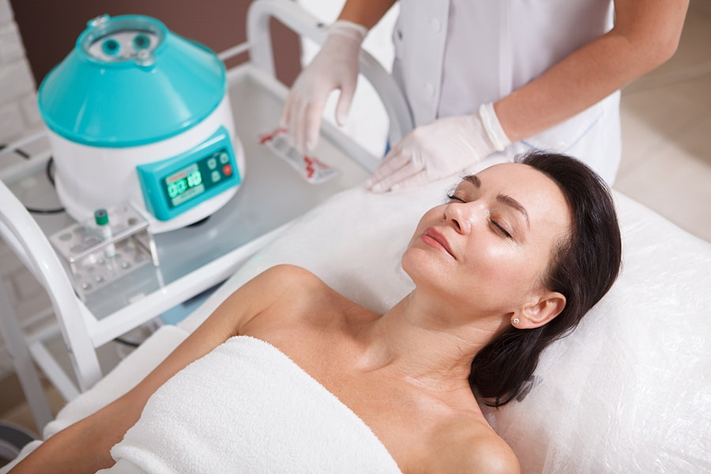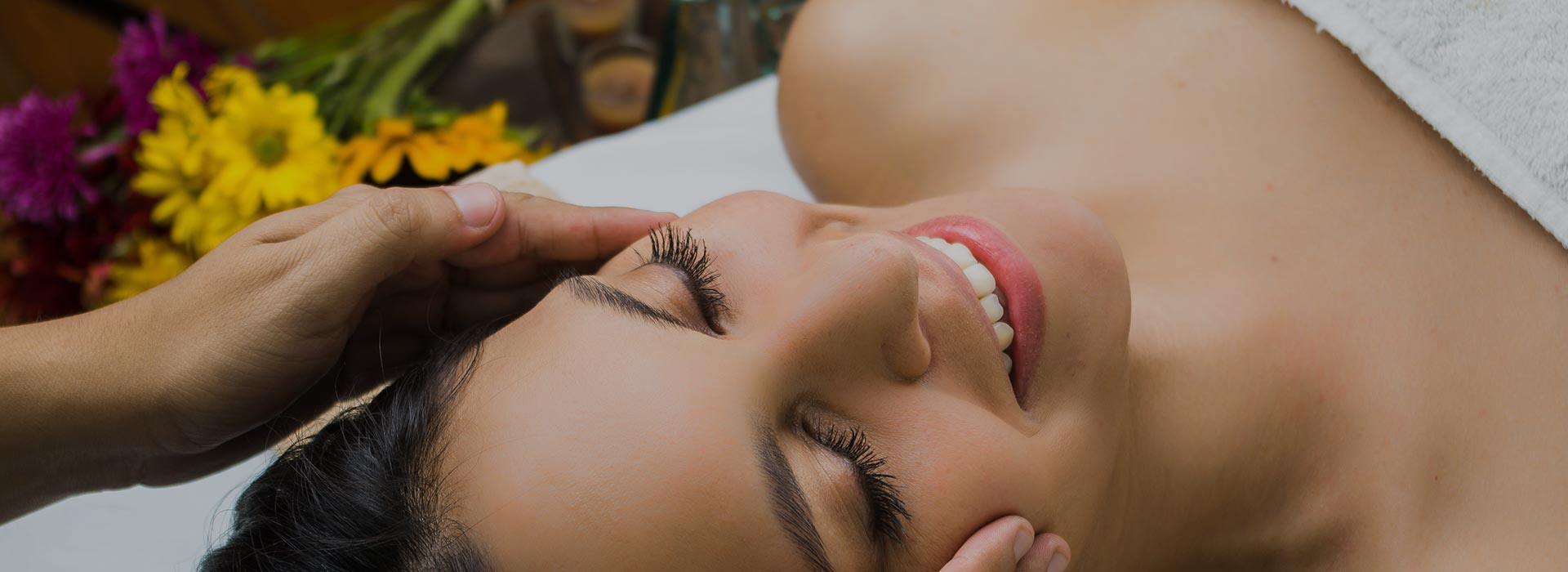27 Jun What is PRP Treatment for?
In the medical world, Platelet Rich Plasma (PRP) injections are used to treat torn tendons and muscle injuries. They also help wounds heal faster after surgery. But what is PRP treatment for the face? In the cosmetic world, PRP is injected to reverse the signs of aging, reduce fine lines and wrinkles, stimulate hair growth, and other cosmetic procedures. We share everything you need to know about PRP and its many purposes.
PRP injections – what are they?
PRP stands for Platelet Rich Plasma. Plasma is the liquid part of your blood that’s made of water and protein. Plasma lets red and white blood cells and platelet move through your bloodstream. Platelets are blood cells that play a role in healing. With PRP therapy, doctors, nurses, and qualified injectors inject your platelets to accelerate the healing of wounds and injuries.
How does it work?
To collect plasma for PRP, a health professional will draw blood from your body. The blood will go into a machine designed to separate the platelet-rich plasma from the rest of the blood. They will then use this to inject your plasma into the areas of your body that needs healing.
What is PRP used for?

Doctors and orthopaedic surgeons use PRP injections to help athletes recover from sports injuries, including torn tendons, tendinitis, arthritis-related pain, and joint injuries. If you have a muscle injury, a doctor or nurse will inject plasma into several areas that are being treated. Once the platelets are in, they break down and release compounds that help cells repair and renew.
In dermatology, PRP is being tested as a viable treatment for alopecia or baldness and stimulates the growth of hair transplants. PRP is also used for the face, more often called a “vampire” facial, to give patients younger-looking skin by enhancing the skin’s regenerative ability. Patients who use PRP for the face find that it can:
- Reduce fine lines or wrinkles
- Plump sagging skin
- Reduce the appearance of deep creases
- Improve skin complexion and reduce acne scars
Who can get PRP injections?
PRP injections are not for people who have:
- Anemia
- Cancer
- Infection
- Abnormal platelet or low platelet count
Is PRP cosmetic procedure safe?
The procedure itself appears safe. Patients who undergo PRP may experience a little bruising and swelling afterwards. These reactions tend to go away after a few days. The biggest risks come from blood handling. It’s essential to undergo PRP treatment under a reputable clinic with qualified injectors to ensure blood is kept sterile when injected back into you.
Are the results immediate?
The full effects of PRP depend on the number of injections you get. Researchers found that patients who undergo three or more sessions will notice the results within a few weeks. The results can last as long as 18 months.
What should I know before considering PRP for the face?
If you plan to get PRP injections as a cosmetic procedure, your provider might recommend taking a break from medications that thin your blood and vitamins that contain omega-3 fatty acids. You’re also recommended to eat before the procedure to avoid feeling lightheaded when you get the PRP injections.
Is PRP right for you? Consult with K-Beauty Clinic
There are many purposes of PRP. Athletes have them to help treat their sports injuries, while celebrities do them to achieve younger-looking skin. If you’re thinking about trying PRP, consult with Ji-Son Lee. She is a registered nurse and Korean cosmetic injector who can address all your questions and concerns before undergoing the procedure. Contact us today!



Sorry, the comment form is closed at this time.